Birds are renowned for their stunning array of colors, captivating our attention with their vibrant plumage. From the resplendent peacock to the iridescent hummingbird, the avian world is a kaleidoscope of hues.
But why do birds come in different colors and species? This article delves into the fascinating world of avian coloration, exploring the reasons behind the diversity of bird colors and species.
Birds have evolved their colors through a combination of genetic factors and natural selection.
The pigments in their feathers, such as melanin and carotenoids, create a dazzling palette that serves multiple purposes. These colors play a crucial role in attracting mates, establishing dominance, and signaling fitness.
They also aid in camouflage, helping birds blend into their surroundings and evade predators. Moreover, bird colors can vary across different regions and habitats, reflecting adaptations to local environments. Let’s explore more!
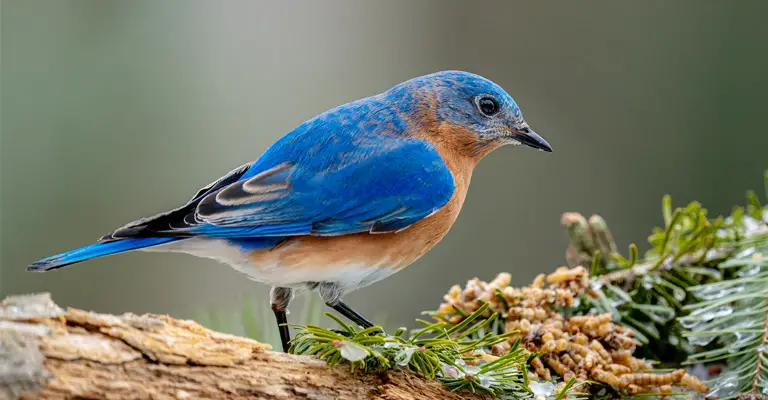
Why Do Birds Come in Different Colors and Species?
Birds are known for their incredible diversity of colors and species, captivating us with their vibrant plumage. Ever wondered why birds come in such a remarkable variety of colors and species?
The answer lies in a combination of factors, including genetics, natural selection, and ecological adaptations. Let’s dive into the fascinating reasons behind the diverse colors and species of birds.
Sexual Selection: Attracting Mates
One of the primary reasons for the wide range of bird colors is sexual selection. Many bird species exhibit elaborate and vibrant plumage to attract mates. Bright colors, intricate patterns, and exaggerated features play a crucial role in courtship displays.
Males often showcase their colorful feathers to impress females, demonstrating their genetic fitness and ability to provide for offspring.
Camouflage: Blending into the Environment
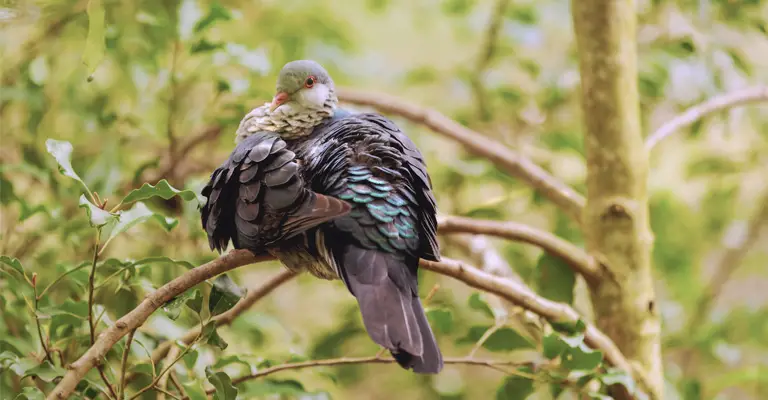
While some birds flaunt bold colors, others have evolved more subdued or cryptic plumage for camouflage. Camouflage helps birds blend into their surroundings, making it easier to hide from predators or sneak up on prey.
Different habitats, such as forests, deserts, or wetlands, have influenced the evolution of specific color patterns and adaptations that allow birds to blend seamlessly into their environment.
Signaling Dominance and Territory
Colors can also serve as signals of dominance and territorial ownership. Many bird species use their vibrant plumage to establish dominance hierarchies and defend their territories.
Bright colors can intimidate rivals and deter potential threats, reducing the need for physical confrontations. By displaying their colors, birds communicate their strength and assert their ownership over valuable resources.
Species Recognition and Communication
Bird colors play a crucial role in species recognition and communication within a flock or community. Each species often has distinct color patterns that help individuals identify and interact with their own kind.
These color signals facilitate mate selection, social bonding, and cooperative behaviors among birds of the same species.
Environmental Adaptations
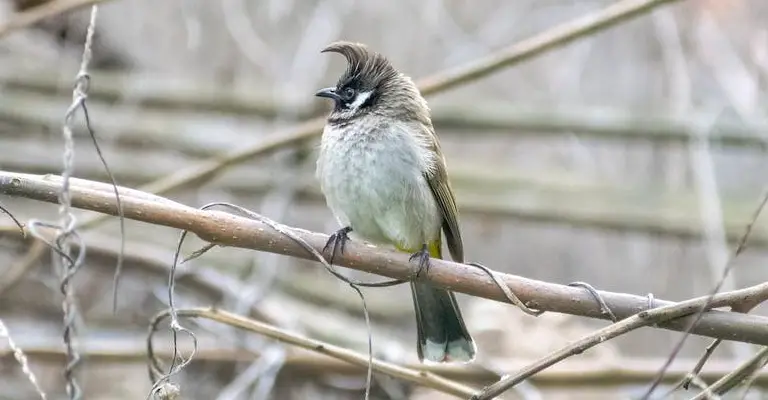
Bird colors can also be influenced by environmental adaptations. For example, birds living in snowy regions often have predominantly white plumage, providing better camouflage against the snowy backdrop.
In contrast, birds in tropical rainforests may exhibit a dazzling array of colors, possibly to attract mates or communicate in the dense foliage.
Environmental Factors and Geographic Variation
Bird colors can vary based on environmental factors such as temperature, humidity, and altitude. Different regions and habitats may impose specific selection pressures, leading to variations in coloration.
For example, birds living in high-altitude areas may have darker plumage to absorb more heat, while those in low-light environments may have brighter colors to enhance visibility.
Predation and Warning Signals
Some bird species have evolved bright and conspicuous colors as a warning signal to predators. These colors, often in combination with specific behaviors, indicate that the bird is toxic, venomous, or unpalatable.
Predators learn to associate these colors with danger and avoid attacking such birds, providing them with a survival advantage.
Genetic Mutations and Evolutionary Experiments
Occasionally, genetic mutations can give rise to unique colorations in birds. These mutations can result in rare color morphs, such as albinism or leucism, where birds lack pigmentation or have partial loss of color.
While these mutations may not always confer a survival advantage, they add to the overall diversity of bird colors and species.
Seasonal Changes and Molting
Many bird species undergo seasonal changes in coloration. This is often associated with breeding seasons, where males may develop brighter colors to attract mates or establish territories.
Molting, the process of shedding and replacing feathers, can also lead to temporary changes in plumage color as old feathers are replaced with new ones.
How Birds Evolved Their Incredible Diversity?
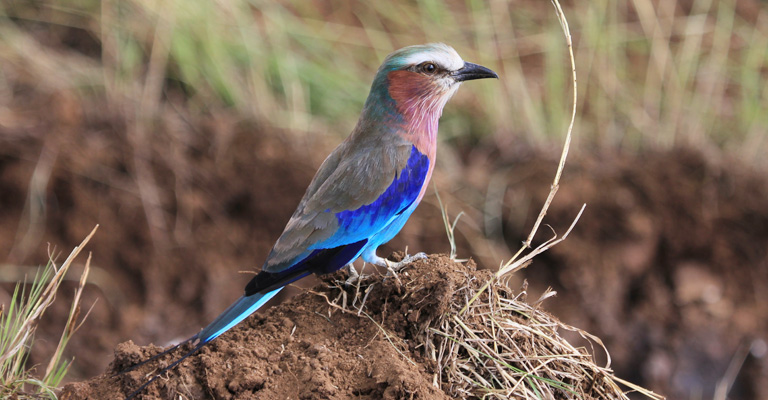
Birds have evolved their incredible diversity through a combination of genetic mutations, natural selection, and environmental factors. Over millions of years, these processes have shaped the wide array of species, behaviors, and adaptations we see in birds today.
Evolutionary Origins
Birds evolved from theropod dinosaurs around 150 million years ago. This evolutionary transition involved changes in body structure, including the development of feathers, wings, and a lightweight skeleton.
Genetic Mutations
Genetic mutations play a crucial role in generating variation within bird populations. Mutations can lead to changes in feather coloration, beak shape, body size, and other traits.
Some mutations may be advantageous, providing birds with new abilities or adaptations that increase their chances of survival and reproduction.
Natural Selection
Natural selection acts upon the genetic variation within bird populations. Birds with traits that enhance their survival and reproductive success are more likely to pass on their genes to the next generation.
For example, birds with better camouflage or more efficient foraging techniques have a higher chance of surviving and producing offspring.
Sexual Selection
Sexual selection, a form of natural selection, has played a significant role in the evolution of bird diversity.
Males often compete for mates by displaying elaborate courtship behaviors, vibrant plumage, or complex songs. Females choose mates based on these displays, leading to the evolution of extravagant traits and the diversification of species.
Ecological Adaptations
Birds have adapted to a wide range of habitats and ecological niches. Different environments, such as forests, grasslands, deserts, and wetlands, have shaped the evolution of specific bird species.
Birds have developed specialized beak shapes for feeding on different food sources, such as nectar, seeds, insects, or fish.
They have also evolved unique behaviors, such as migration or nest-building techniques, to cope with specific environmental challenges.
Geographic Isolation
Geographic isolation, such as the formation of islands or the separation of landmasses, has played a crucial role in bird diversification.
Isolated populations face different selection pressures and can evolve independently, leading to the formation of new species over time.
This process, known as speciation, has contributed to the incredible diversity of birds in different regions of the world.
How Many Species of Birds Have?
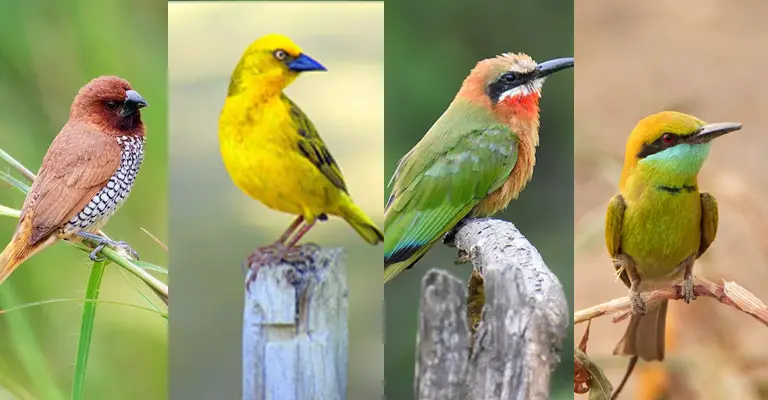
As of August 2023, there are approximately 10,700 recognized species of birds worldwide. It’s important to note that this number is constantly being updated as new species are discovered or taxonomic revisions are made. Here are the most notable bird species:
Passerines (Order Passeriformes)
Passerines, also known as perching birds, make up the largest order of birds, comprising over 6,500 species. This diverse group includes familiar birds such as sparrows, finches, thrushes, warblers, and crows.
Passerines are known for their melodious songs and remarkable adaptability, occupying a wide range of habitats across the globe.
Birds of Prey (Order Accipitriformes and Falconiformes)
Birds of prey, including eagles, hawks, falcons, and owls, are renowned for their keen eyesight, powerful talons, and hunting prowess.
They are found on every continent except Antarctica. Notable species include the Bald Eagle (Haliaeetus leucocephalus), Peregrine Falcon (Falco peregrinus), and Barn Owl (Tyto alba).
Waterbirds (Orders Pelecaniformes, Charadriiformes, and Anseriformes)
Waterbirds encompass a diverse group of species adapted to aquatic environments. This includes pelicans, herons, gulls, terns, ducks, and geese. They are found in various habitats, from coastal areas to wetlands and freshwater lakes.
The charismatic American Flamingo (Phoenicopterus ruber), Great Blue Heron (Ardea herodias), and Mallard (Anas platyrhynchos) are notable examples.
Parrots (Order Psittaciformes)
Parrots are known for their vibrant plumage, intelligence, and ability to mimic sounds.
This order includes species like the African Grey Parrot (Psittacus erithacus), Scarlet Macaw (Ara macao), and Cockatiel (Nymphicus hollandicus).
Parrots are primarily found in tropical and subtropical regions, particularly in Australia, South America, and Africa.
Hummingbirds (Family Trochilidae)
Hummingbirds are small, colorful birds known for their rapid wingbeats and ability to hover in mid-air. They are found exclusively in the Americas, with the majority residing in Central and South America.
Notable species include the Ruby-throated Hummingbird (Archilochus colubris), Anna’s Hummingbird (Calypte anna), and the Bee Hummingbird (Mellisuga helenae), which is the world’s smallest bird.
FAQs
The most numerous bird species is believed to be the Red-billed Quelea (Quelea quelea), a small passerine bird found in sub-Saharan Africa. They are known for their highly social behavior and form enormous flocks that can number in the millions.
No, bird species are not equally distributed around the world. Different regions and habitats have varying levels of bird diversity. For example, tropical rainforests are known for their high species richness, while polar regions have fewer bird species.
According to the International Union for Conservation of Nature (IUCN), approximately 1,469 bird species are currently classified as threatened or endangered.
The Arctic Tern (Sterna paradisaea) holds the record for the longest migration of any bird species.
These small seabirds breed in the Arctic during the summer and then undertake a remarkable journey to their wintering grounds in the Antarctic, covering a round-trip distance of up to 44,000 miles (71,000 kilometers) each year.
It is estimated that over the course of Earth’s history, thousands of bird species have gone extinct. However, the exact number is difficult to determine due to limited fossil records and the challenges of identifying extinct species.
Bottom Line
The diverse colors and species of birds are a testament to the wonders of nature’s creativity. From the dazzling displays of courtship to the subtle art of camouflage, avian coloration serves a multitude of purposes.
The interplay between genetics, natural selection, and environmental factors has shaped the remarkable variety of bird colors we observe today.
Exploring the reasons behind avian coloration not only deepens our appreciation for the beauty of birds but also provides valuable insights into their behavior, ecology, and evolution.
By studying the intricate patterns and hues of feathers, scientists continue to unravel the mysteries of how and why birds come in different colors and species.
So, the next time you catch a glimpse of a brilliantly colored bird or marvel at the subtle shades of a well-camouflaged species, remember that each feather tells a story of adaptation, survival.